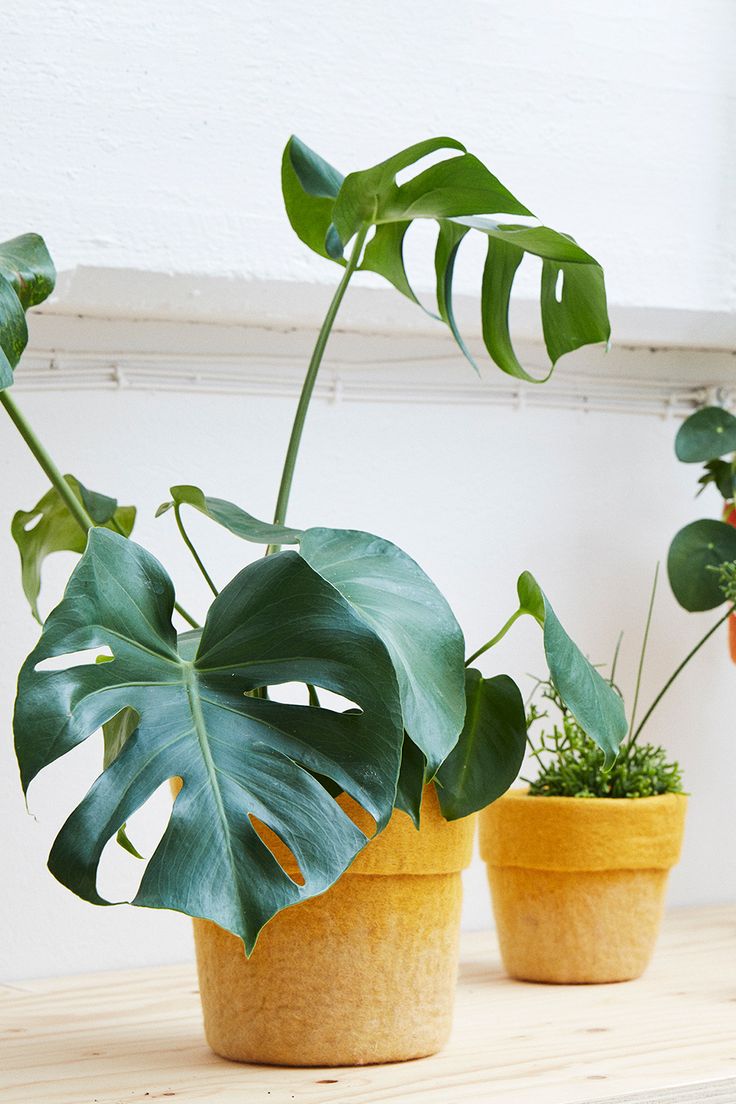Choosing the perfect pots for your indoor plants can be an art in itself, and sometimes aesthetics win over practicality. If you find yourself drawn to pots without drainage holes, fear not! This blog post is your guide to successfully using these chic containers without compromising your plant's well-being. From preventing waterlogged soil to mastering the art of watering, let's explore the tricks of the trade for pots with no drainage.
Understanding the Challenge: Pots Without Drainage Holes
While pots with drainage holes are the go-to choice for preventing overwatering and ensuring healthy root systems, pots without drainage can still be used effectively with a few adjustments. The key is to strike a balance between providing adequate drainage and maintaining the visual appeal of your chosen container.
Tips for Successfully Using Pots with No Drainage:
- Layering Matters: Create a Drainage Buffer
- Why: To prevent water from pooling at the bottom, create a drainage layer using pebbles, broken terracotta pieces, or perlite.
- How: Place a layer of your chosen material at the bottom of the pot before adding soil. This allows excess water to settle below the root zone.
- Mindful Watering: Quantity and Frequency
- Why: Overwatering is the primary concern with pots lacking drainage. Plants in these pots are more susceptible to root rot.
- How: Water sparingly and monitor soil moisture. Allow the top inch or two of soil to dry before watering again. Be mindful of the plant's specific water requirements.
- Unintentional Watering Techniques: From the Bottom Up
- Why: By watering from the bottom, you encourage roots to grow downward and promote a healthier root system.
- How: Your pot, if correctly layered with a drainage buffer will start to act like a self watering pot if your soil dries out too much. Roots will grow towards moisture (this also happens in the ground) and they will seek out the water at the bottom of the pot in order to quench their thirst.
- Selecting the Right Plants
- Why: Some plants are more forgiving of less-than-ideal conditions. Opt for plants that thrive in slightly drier soil to minimize the risk of overwatering.
- How: Choose succulents, cacti, or other plants that prefer infrequent watering.
- Regular Check-ins and Adjustments
- Why: Conditions can change, and it's essential to adapt your watering routine accordingly.
- How: Periodically check the soil moisture and adjust your watering schedule based on environmental factors, such as temperature and humidity.
Conclusion: Balancing Beauty and Functionality
Using pots without drainage holes is all about finding the right balance between aesthetics and plant health. With careful attention to watering techniques, strategic layering, and plant selection, you can successfully cultivate a thriving indoor garden in these stylish containers. So, go ahead – let your plant-filled dreams blossom in pots that are as chic as they are functional. Happy planting! 🌿✨

